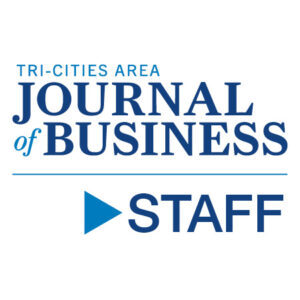
Home » Hanford’s progress heartening in era of Covid-19 challenges
Hanford’s progress heartening in era of Covid-19 challenges

April 15, 2021
The Hanford nuclear site cleanup work happening in our backyard costs billions of dollars and relies on a complicated network of companies, favorable-to-Hanford political winds and the talents and time of its many workers. This complex cleanup project has long been a driver of the Tri-City economy, involving many contracts, businesses, state and federal oversight and lots of taxpayer dollars.
Once a year we like to provide the community with an important progress report about the project to date and a look at what’s coming next from the major players helping and supporting the cleanup work: the U.S. Department of Energy, Washington State Department of Ecology and the key contractors charged with overseeing the various aspects of the work.
This year’s 20-page specialty publication can be found as a standalone section inside the Tri-Cities Area Journal of Business’ April edition.
It features columns by the regulators and contractors and special reports about how the site weathered the past year’s pandemic, the politics potentially affecting the Hanford cleanup purse strings, how recent contract changes affect small businesses in our community, the latest on the massive Waste Treatment and Immobilization Plant, commonly called the vit plant, and a terrific feature about a retired Hanford chemist that highlights the diversity found at the site. We include it in our Hanford section instead of our monthly editorial Focus on diversity knowing the retired chemist’s story would shine anywhere.
While reading through the section, be sure to take note about how the contractors have worked to underpin the Tri-City community by encouraging their employees to serve on boards, making donations to various community projects and nonprofits, and volunteering. We appreciate their commitment to get the Hanford site clean alongside their support of this place we call home.
Despite all the challenges that came with the yearlong Covid-19 pandemic, Hanford workers completed the construction of the Direct-Feed Low-Activity Waste facility, a key step toward start treating tank waste.
Hanford isn’t without its challenges, of course, but reading through our special section, it’s nice to be reminded that progress continues.
Opinion Our View Hanford
KEYWORDS april 2021





